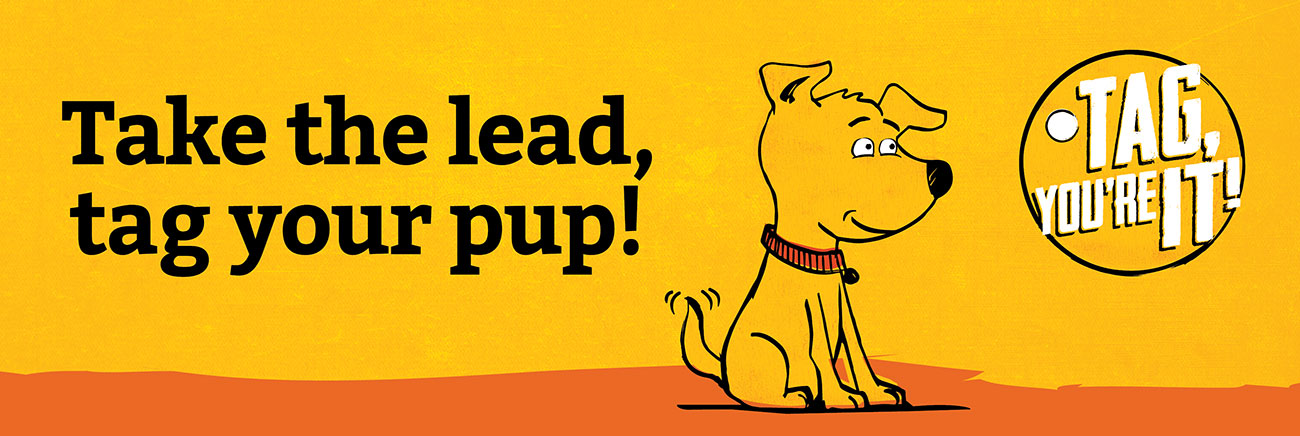Why dogs bark
To help your dog to stop excessively barking, you must first determine what is causing the barking. Dogs bark during times of indecision, anxiety, frustration, boredom and separation from their owners. Dogs also bark to warn their owners of a perceived threat and to warn strangers and other dogs about their willingness to defend their territory. Medical problems can also contribute to excessive vocalization, especially in older dogs.
For dogs, barking is a form of communication. They bark or whine at various pitches and volumes to vocalize their emotions. It may be a high-pitched whine to attract other dogs or a warning, alarm or a challenge to other dogs.
Boredom
Irregular or inadequate mental and physical stimulation may contribute to a dog barking.
Dogs are social animals and seek the company of other dogs and people. When left alone for lengthy periods of time, they may bark for attention. They may also need activities or objects to keep them occupied. Providing more physical and mental stimulation for your dog may help resolve the barking problem.
Daily walks and obedience training sessions will help keep the dog from becoming bored.
You can also hide treats in an area accessible to your dog to find throughout the day. A fine game of hide and seek with a treat as the reward will keep many dogs busy all day.
Pet stores have chew toys and training aids that might also help keep your dog busy instead of barking.
Separation anxiety
Separation anxiety is a frequent cause of inappropriate barking. When dogs form a particularly strong bond to one or more members of the household the dog can become distressed when separated from them. Owners are often not aware of the problem because this type of barking and whining tends to occur most when they are not home.
Establish a regular routine of giving your dog attention when you are home. Leave the dog alone for short periods at first, then gradually increase the time your dog spends on its own. The dog soon learns you will return. If there have been changes in your dog's life, don't ignore them.
Dogs are den creatures instinctively. Owners can create a den or small, enclosed area in the house or outside with something that smells strongly of the owner. This den area should never be used for punishment; it should be a place of safety and comfort.
You might consider installing a doggie door to allow your dog the ability to move freely between outdoor and indoor environments.
Lifestyle changes or distractions
A move to a new neighborhood or getting new neighbors can cause a dog anxiety. The dog may feel the need to reestablish their status on and in their territory. They may bark at unfamiliar sounds and smells, such as neighbors walking other dogs or school buses.
You may consider keeping your dog away from areas that allow the dog to see foot traffic or creating a barrier that blocks the dog's view of passersby.
If your dog is bothered by nighttime distractions such as cars, sirens, security lights, shadows, wind or other animals, consider keeping the dog indoors at night or adding a late evening feeding (full stomachs can lead to drowsiness and better sleep).
If your dog barks during the day, you may consider an early morning feeding to encourage your dog to nap or smaller feedings both morning and night.
Health issues
Healthy dogs are happy dogs. There are times when excessive barking may be the result of a health issue. Make sure your dog receives a health checkup every year and discuss changes in the dog's behavior with your veterinarian.
Ways to reduce barking
Obedience training
Obedience classes are a good way to provide training, exercise and an outing for you and your dog. Obedience training also promotes good social behavior with other dogs and people. Well-socialized dogs tend to bark less.
Exercise
Exercise by itself may not stop barking, but it provides an active energy release. Exercise should be varied, with 15 to 20 minutes daily of walking, training and playing.
Other
You may want to consider behavior modification collars or professional assistance—including veterinary, training and behavioral therapy.
 Translate
Translate






